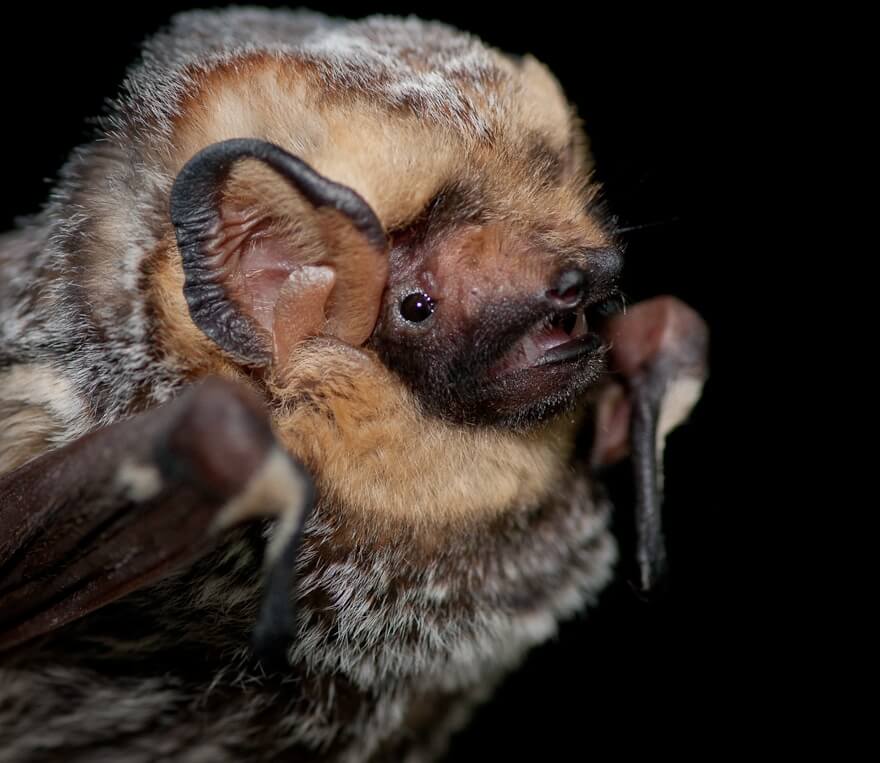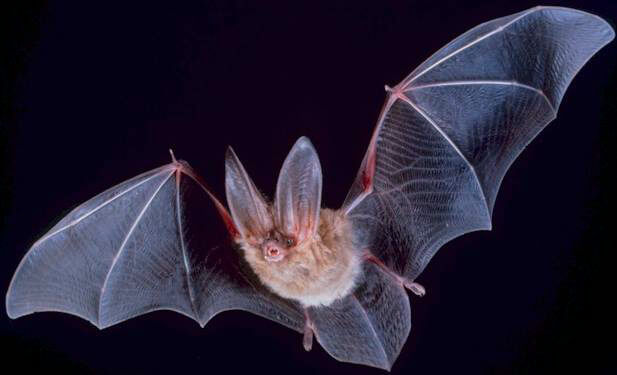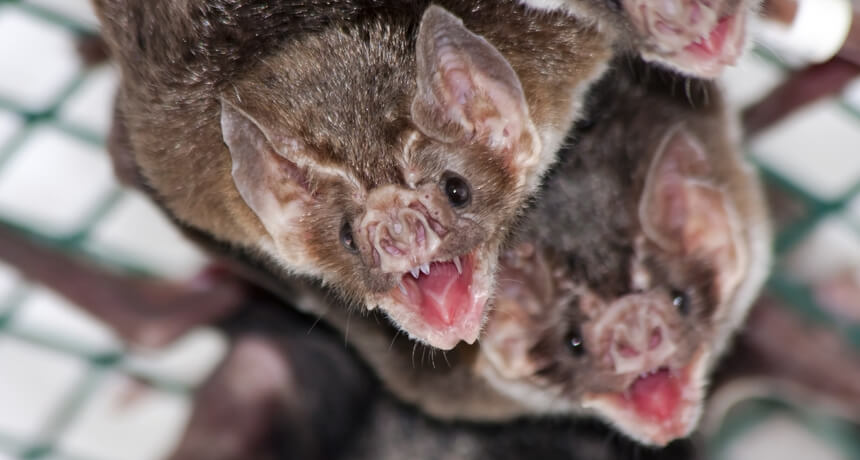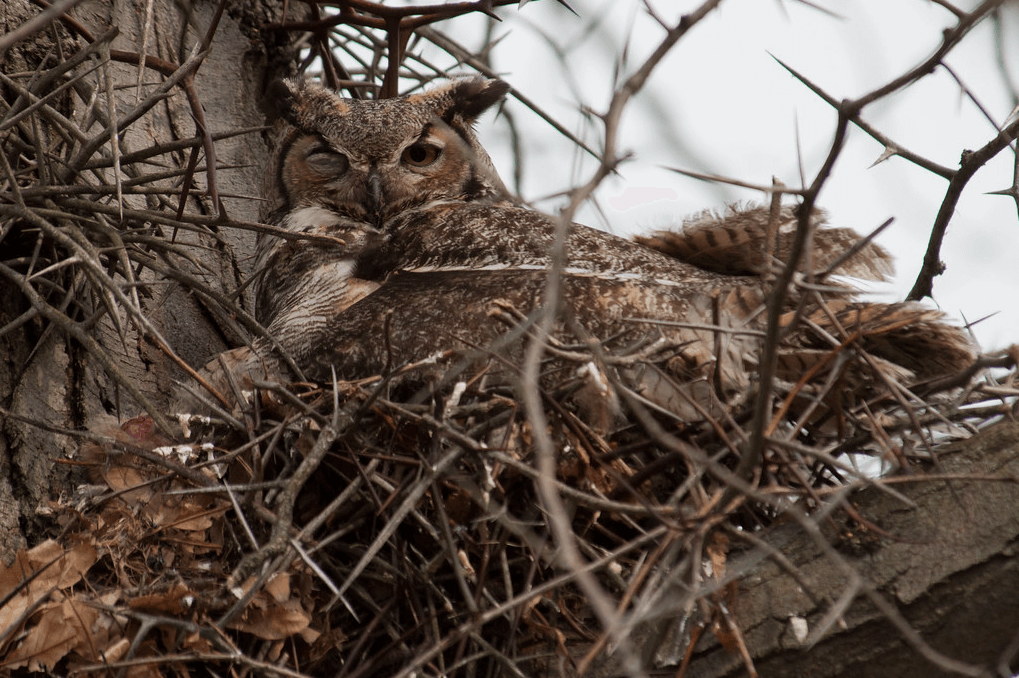by Stephanie Laporte Potts
This Halloween, as you’re enjoying your trick-or-treat spoils, be sure to thank a bat for your chocolate bar. Bats are key pollinators of cacao, the key ingredient in chocolate. (For those of you with enough willpower to restrain yourself at Halloween, bats are also key pollinators of bananas, peaches, agave, avocado, and many more delicious things as well!) This important service is just one of the many delightful things about these airborne denizens of the night. Celebrate Halloween—and bats—by reading below for some more fascinating bat facts!

Hoary Bat (photo by Daniel Neal, CC 2.0)
1. Bats are not flying rodents!—In fact, bats aren’t that closely related to rodents at all! Scientists believe that bats’ closest relatives are the tree shrews, and they are even more closely related to humans than they are to rats and other rodents. Aside from genetics, bats differ from rodents in other key ways: they live much longer lives, and give birth to only about one pup per year, meaning that their populations grow—and recover from disturbance—much more slowly than their rodent cousins. Additionally, while rodents are strict herbivores, bats have evolved to eat everything from insects to fruits and birds to blood!
2. There are a lot of them!—With over 10,000 species, bats represent a quarter of all the mammals living on earth. However, many are threatened by habitat loss, hunting, misplaced fears, and the fungal disease that causes White Nose Syndrome. (Learn more about WNS, and how you can help, here: www.whitenosesyndrome.org.)
3. Montana’s bats are diverse and amazing!–Montana is home to 15 different species of bats, from the big brown bats (that’s really their name!) that inhabit bat houses and attics, to the hoary bats that prefer to live in trees. The pallid bat, another native species, can catch and eat scorpions from the ground, while the Townsend’s big eared bat prefers to fly slowly and quietly and listen for the rustle of insects on leaves. (Visit the Montana Field Guide to learn more about Montana’s native bats!)

Townsend’s Big-Eared Bat (public domain image)
4. Even the “creepy” ones are actually really cool!—Vampire bats make some folks squeamish, but they are actually amazing creatures. All three species of vampire bats live only in the tropics, and two of them only drink bird blood (with one preferring mammal blood from cows and other livestock). They are good fliers, but also have strong arms and elbows that allow them to crawl on the ground up to their food source and use heat-seeking detectors in their noses to find a good vein. They make a small cut and lap up about a tablespoon of blood before tumbling off. When vampire bats return to their communal roost, often located in hollow trees, they do something else amazing—they share with their friends. If a colony member was not able to located food, another will share with it. Bat researchers found that this sharing was not restricted to direct family members, as is seen in most other animals that share food—rather, they are more likely to share with other bats that have given to them in the past.

Vampire Bats (photo by Oasalehm, CC-by-SA 4.0)
5. They have amazing adaptations that help them thrive!—To succeed as flying, nocturnal mammals, bats need a number of special body structures. You can learn about many of the structures that help Montana’s bats survive in this video:
But wait! There’s more! Depending on where they live and what they eat, the thousands of bat species have developed some fascinating—and weird—structures. Fruit bats have special ridges in their mouths to allow them to squeeze juice from ripe figs. Fishing bats have long, hooked claws on their feet to help grasp their watery prey (check out a great video here). And disc-winged bats have suction cup-like structures instead of thumbs which allow them to stick to the leaves of tropical plants and roost right-side-up!
With 10,000 species of bats out there, and more being discovered, who knows what amazing bat adaptation we’ll learn about next!
Want to watch bats in real time? Check out some great Bat Cams here!












